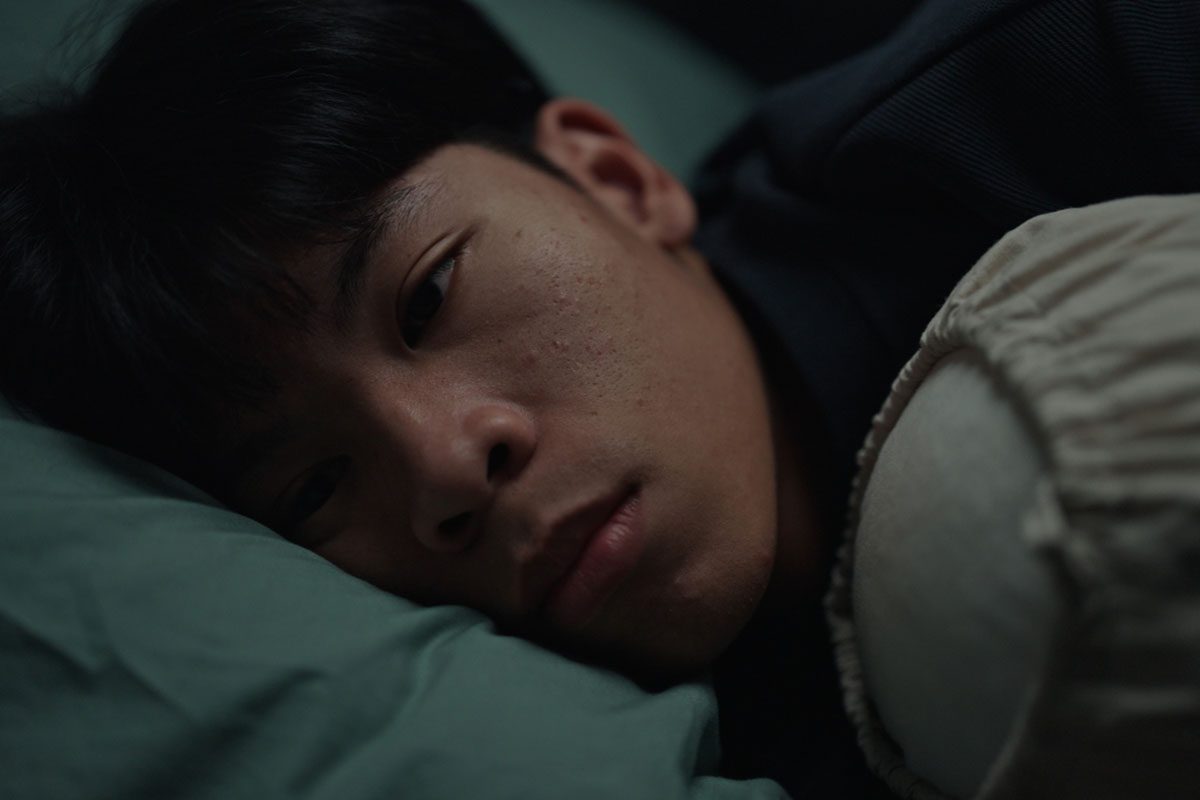Because this piece does not have an abstract, we have provided for your benefit the first 3 sentences of the full text.
Compulsive sexual behavior (CSB) is a disabling disorder, resulting in psychosocial impairment, financial and family problems, and elevated rates of sexually transmitted infections. Current treatments for CSB lack a strong evidence base and to complicate matters are often difficult to access.1 Although untested in large-scale trials, transcranial magnetic stimulation (TMS) may provide an effective treatment for CSB.

Positive Response of Compulsive Sexual Behavior to Transcranial Magnetic Stimulation
Compulsive sexual behavior (CSB) is a disabling disorder, resulting in psychosocial impairment, financial and family problems, and elevated rates of sexually transmitted infections. Current treatments for CSB lack a strong evidence base and to complicate matters are often difficult to access.1 Although untested in large-scale trials, transcranial magnetic stimulation (TMS) may provide an effective treatment for CSB. Moreover, by selectively targeting specific neural circuits, TMS may provide valuable information about the brain regions implicated in the pathophysiology of problematic sexual behaviors. We hereby present a case of CSB that responded to deep TMS of the anterior cingulate cortex.
Case Report
Mr A was a 34-year-old man with CSB and co-occurring obsessive-compulsive disorder (OCD). His CSB was characterized by excessive use of pornography and compulsive masturbation, resulting in significant functional impairment, including loss of employment. The diagnosis of CSB was confirmed using the Minnesota Impulse Disorders Interview.2 Before receiving TMS, Mr A’s score on the Yale-Brown Obsessive-Compulsive Scale adapted for CSB (CSB-YBOCS)3 was 23, consistent with moderate illness severity. He had been treated with a stable dose of fluoxetine (40 mg daily) for OCD with limited relief from either his CSB or OCD. His medication dosage was unchanged during the treatment period.
After providing informed consent, Mr A underwent a total of 28 sessions of deep TMS (over 6 weeks) targeting the anterior cingulate cortex (ACC) using a Brainsway Deep TMS device equipped with an H7-coil (Brainsway Ltd, Tel-Aviv, Israel). Mr A exhibited a 39% decrease in CSB symptoms over the 6-week period (his posttreatment CSB-YBOCS score was 14, which is consistent with mild illness). His overall OCD symptoms also improved from baseline after TMS (pretreatment YBOCS score = 35, posttreatment YBOCS score = 13). Mr A and the assessors were blind to whether he was receiving active or sham treatment. He reported no side effects related to treatment. All procedures were approved by an institutional review board.
Discussion
This case illustrates that deep TMS targeting the ACC may be an effective treatment for CSB. This finding is consistent with functional neuroimaging research that has implicated the ACC in CSB by demonstrating that men with CSB showed greater activation in the ACC in response to sexually explicit cues (ie, pornographic images) than men without CSB.4 It is also possible that deep TMS of the ACC may lead to indirect changes in other neural regions that communicate with the ACC. Although the circuit-level mechanisms remain unclear, these findings suggest that deep TMS may represent a promising treatment option for CSB. The improvements in this patient appeared to correlate with changes in OCD symptom severity. Additional research is needed to confirm these findings and to explore their biological basis.
Published online: January 9, 2020.
Potential conflicts of interest: Dr Grant has received research grant support from the American Foundation for Suicide Prevention, Takeda, and the TLC Foundation for Body-Focused Repetitive Behaviors; receives yearly compensation from Springer Publishing for acting as Editor-in-Chief of the Journal of Gambling Studies; and has received royalties from American Psychiatric Publishing, McGraw Hill, Norton Press, Johns Hopkins University Press, and Oxford University Press. Dr Blum reports no financial or other relationship relevant to the subject of this report.
Funding/support: None.
Patient consent: Consent was received from the patient to publish the case report, and information was de-identified to protect anonymity.
REFERENCES
1.Derbyshire KL, Grant JE. Compulsive sexual behavior: a review of the literature. J Behav Addict. 2015;4(2):37-43. PubMed CrossRef
2.Grant JE. Impulse Control Disorders: A Clinician’s Guide to Understanding and Treating Behavioral Addictions. New York, NY: W.W. Norton; 2008.
3.Kraus SW, Potenza MN, Martino S, et al. Examining the psychometric properties of the Yale-Brown Obsessive-Compulsive Scale in a sample of compulsive pornography users. Compr Psychiatry. 2015;59:117-122. PubMed CrossRef
4.Voon V, Mole TB, Banca P, et al. Neural correlates of sexual cue reactivity in individuals with and without compulsive sexual behaviours. PLoS One. 2014;9(7):e102419. PubMed CrossRef
aDepartment of Psychiatry and Behavioral Neuroscience, University of Chicago, Chicago, Illinois
*Corresponding author: Jon E. Grant, JD, MD, MPH, Department of Psychiatry and Behavioral Neuroscience, University of Chicago, 5841 S. Maryland Ave, Chicago, IL 60637 ([email protected]).
Prim Care Companion CNS Disord 2020;22(1):19l02469
To cite: Blum AW, Grant JE. Positive response of compulsive sexual behavior to transcranial magnetic stimulation. Prim Care Companion CNS Disord. 2020;22(1):19l02469.
To share: https://doi.org/10.4088/PCC.19l02469
© Copyright 2020 Physicians Postgraduate Press, Inc.
Please sign in or purchase this PDF for $40.00.


